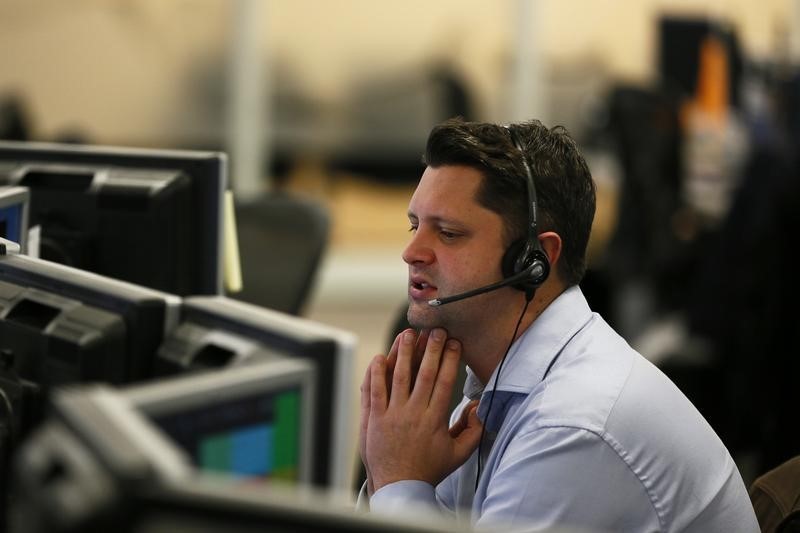© Reuters. Options Trading Threatens 2023’s Stock Market Calm: What You Need to Know
Deep in the world of options trading, a threat to the year’s consistent stock-market calm has emerged. Although the benchmark indexes have shown minimal change, the daily shifts in the S&P 500 reveal increased volatility, the highest since June. One catalyst for this uncertainty is the economic ambiguity and the policies of central banks. However, a more significant driver might be market makers adjusting their positions. These Wall Street dealers, with the power to move millions of shares for hedging, have now positioned themselves in a manner that could amplify market fluctuations.
Goldman Sachs (NYSE:) Scott Rubner suggests that this change in market dealer stance is different from earlier in the year when such dealers significantly reduced-price volatilities. Now, these market movements are intensified and no longer subdued. Additionally, mixed sentiments about inflation and debates over the Federal Reserve’s monetary policies have further caused the S&P 500 and the to experience drops. The S&P 500, particularly, exhibited an average intraday shift of 1.1% over five sessions, the highest deviation observed since June.
The complexities of the derivatives market and its influence on the underlying stocks aren’t straightforward. However, currently, trading desks at prominent firms like Goldman Sachs and Morgan Stanley (NYSE:) have raised concerns about potential market disturbances. This is due to option dealers transitioning from a “long gamma” position, an approach that required them to oppose the existing market trends. As per Goldman’s model, there’s been a notable shift in exposure towards S&P 500 options, turning negative for the first time this year.
Throughout 2023, U.S. stocks have consistently moved upwards with low volatility. The , which measures the volatility of S&P 500 options, is currently below its average, suggesting the calmest year since 2019. However, Bob Elliott from Unlimited warns that an increase in volatility, similar to the banking distress in March, could push investors towards a more risk-averse stance, affecting asset prices and potentially the broader economy.
This article was originally published on Quiver Quantitative
Read the full article here













